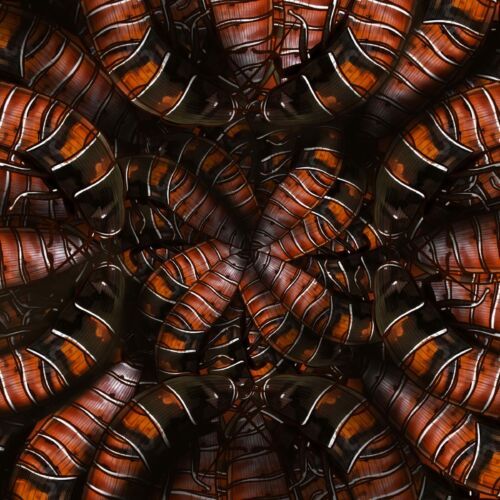Materials of the future: solar cells, ceramics and metallic silk
By combining silicon solar cells with perovskites, minerals made up of inorganic chemical compounds, a team of experts from Dutch universities and institutes has for the first time surpassed the 30% efficiency barrier of a solar cell. Traditional silicon-based cells have an energy conversion efficiency of around 22 per cent. Meanwhile, researchers at Purdue University, among other institutions, have developed the whitest known paint that is thin and light enough to be used to reflect sunlight in cars and aircraft. The paint, which contains the key boron nitride in the solution, reflects almost 98% of sunlight, keeps the surface temperature between 4.5 and 6°C below ambient temperature and reduces the need for air conditioning.
Engineers at the Massachusetts Institute of Technology have created a new type of material characterised by shape memory that could revolutionise industries from jet engines to robotics. It is created using ceramics that can withstand enormous temperatures and intense wear. As a result of temperature, mechanical stress, electrical or magnetic fields, this material can change its shape by up to 10%. In contrast, according to researchers at Tianjin University, subjecting silk fibres extracted from the mulberry silkworm cocoon to a metal bath enhances their strength by up to 70%. Such a material can be used, for example, in medicine and sports, serving as resilient sutures, artificial ligaments, tendons or sports equipment such as climbing ropes.























